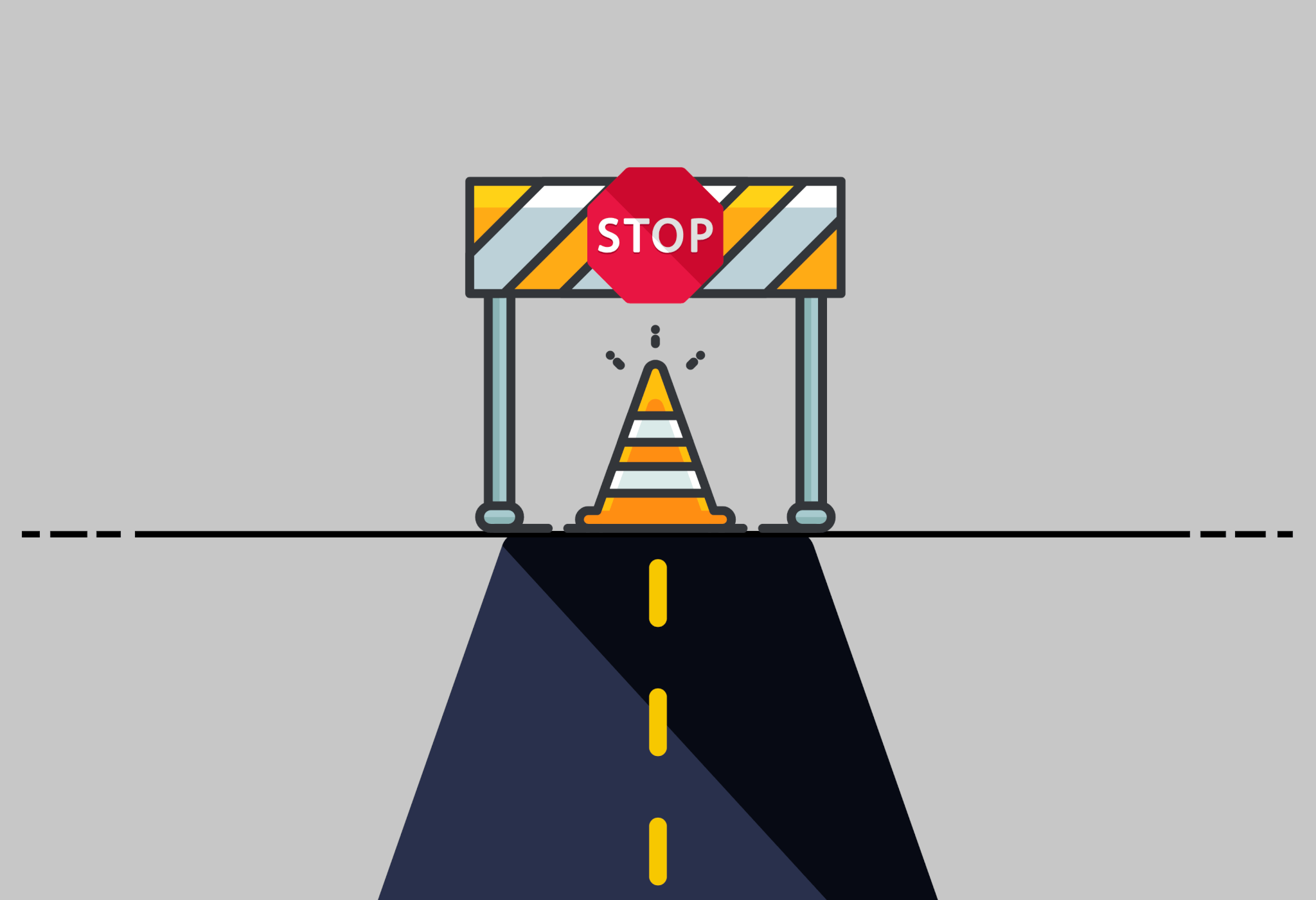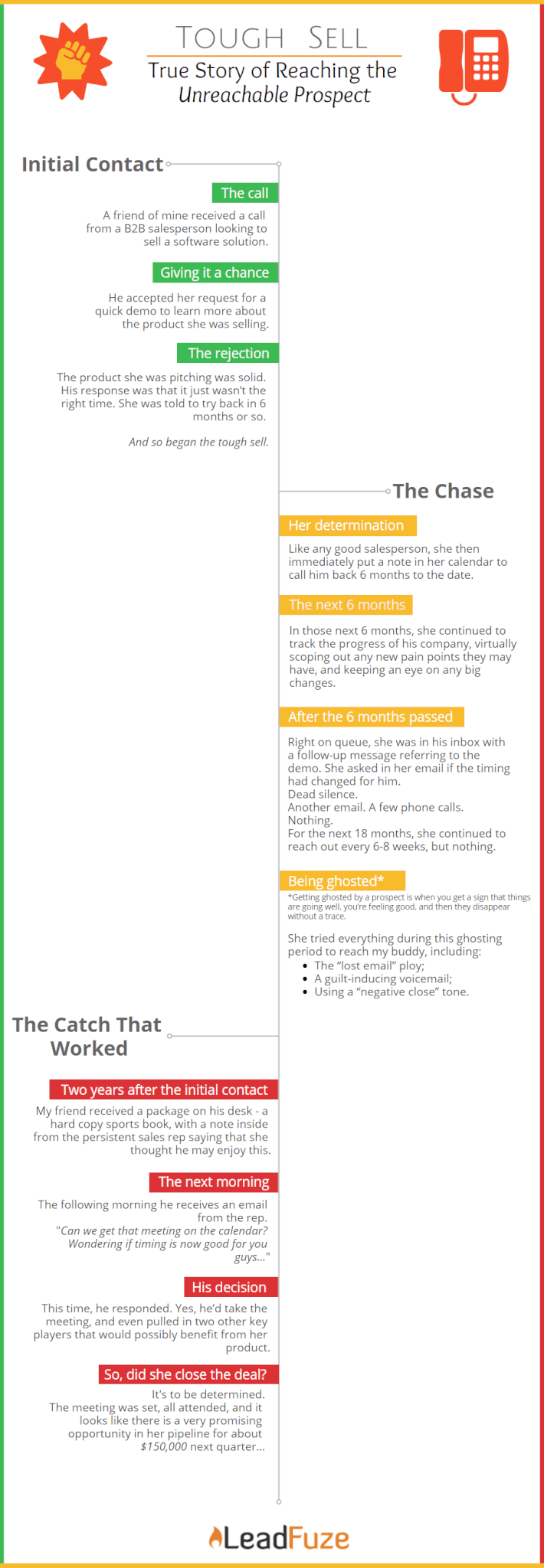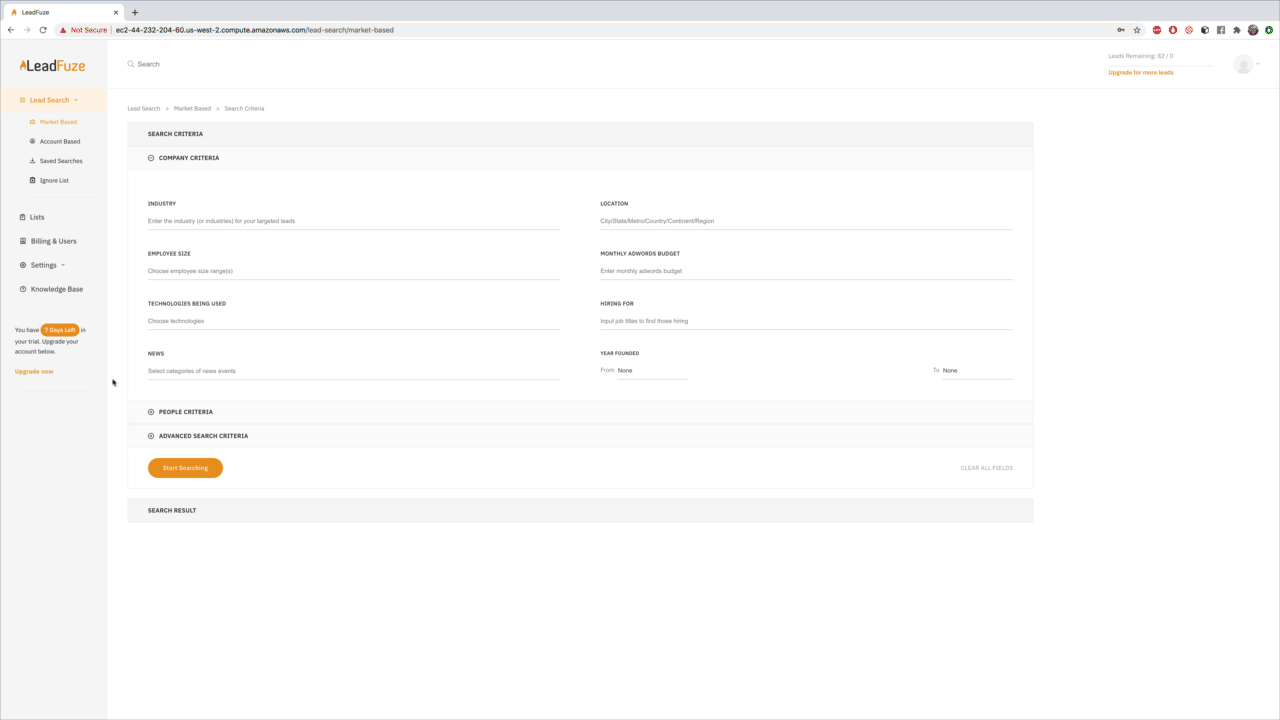
What is a Tough Sell
A tough sell is a sales situation where the customer is either not in a position to purchase, or has doubts about making a decision.
Here are some reasons why customers might be experiencing tough sells:
- They don’t have enough budget money for your product/service.
- They are feeling too much pressure from other things going on in their lives and don’t want to make any decisions.
- They don’t have enough time and need you to speed up the process so they can move on with their lives, but your product/service takes a long time for them to see results.
How To Get The Hard-To-Reach Prospect On A Tough Sell
How long does it take you to get ahold of a prospect for a really tough sell? 4 calls? 6 emails? Months?
Did you know that it takes on average 8 to 12 attempts to reach a prospect by phone, however, most salespeople give up after 2 attempts?
How many calls would you make to reach an unreachable lead? Would you persevere for 2 years?
Ask most salespeople and they will say the hardest part of sales is prospecting. You have to have a well-thought-out game plan, a ton of patience, and the ability to get over rejection pretty quickly.
Not to mention a lot of time. Studies show that salespeople spend about 17% of their business day prospecting and researching leads.
Perhaps you are one of the chosen few who has it all together — a very targeted buyer profile, a marketing department feeding you qualified leads and time set aside to focus on prospecting. But you still are struggling to connect. Maybe you just know your list of prospects is ideal… if only you could get ahold of them…
Let me tell you a story about a friend who was on the receiving end of this prospecting relationship. He was the unreachable prospect that finally answered the phone after 2 years!
3 Steps in Winning a Tough Sell

Here are 3 steps to winning a tough sell:
1 The initial contact
About 24 months ago, a friend of mine, who works in Business Systems, received a call from a B2B salesperson looking to sell him a software solution for his org. The stars must have aligned that day for him to even answer the phone.
But he did and accepted her request for a quick demo to learn more about the product she was selling.
For him, he wasn’t really interested in doing the demo but was feeling nice that day. The product she was pitching was solid. She knew it was a great solution for his company. He responded that it just wasn’t the right time. And so began the tough sell.
When a salesperson initially connects with a prospect, they have to be able to gage quickly. Share on XWhen a salesperson initially connects with a prospect, they have to be able to gage very quickly where they stand on the “timing, fit and budget” spectrum. If you’re receiving qualified leads, then theoretically your product and/or service should align with their fit and budget.
A stellar prospecting process begins with building out a buyer profile and then only targeting leads that fit into that persona. With all the market research and data out there, you can pre-assess a lead based on their overall company revenue (can they fit you into their budget) and pain points (are you a good fit for their needs). So, the only piece that is left out is timing.
A requirement for a tough sell is perseverance and this is where it comes in.
2 The chase
This sales rep knew all the signs to look for if a lead was a hot lead. She was steadfast that my friend was a great prospect, and time was the only thing that stood in her way.
After that initial connection and a short demo, she was told to “try back in 6 months or so”. A tough sell indeed.
Like any good salesperson, she then immediately put a note in her calendar to call him back 6 months to the date. In those next 6 months, she continued to track the progress of his company, virtually scoping out any new pain points they may have, and keeping an eye on any big changes. In today’s world, all you need is Google and LinkedIn to keep you up to date on all of this.
6 months later, right on queue, she was in his inbox with a follow-up message referring to the demo, her product’s benefits, and how she still believes it’s an ideal fit for his company. I guess that she was using a Proactive CRM, like Spiro, that helped her stay on top of who to call, and when, so no deals slipped through the cracks.
She asked in her email if the timing had changed for him. Was he ready to re-evaluate?
Dead silence.
Another email.
No response.
A few phone calls.
Nothing.
For the next 18 months, she continued to reach out every 6-8 weeks but received no feedback.
She was being ghosted.
Now, I’m sure if you’re in sales, you’ve definitely been ghosted, even if you didn’t know there was a term for it. Getting ghosted by a prospect is when you get a sign that things are going well, you’re feeling good, and then they disappear without a trace. Few things typically run through a salesperson’s mind at this point… Like, “I bet they just forgot their voicemail password and can’t retrieve the messages I’ve left. Perhaps I should just call once more?”
But in reality, you are most likely getting ignored because it’s a timing, fit, or budget issue. In my personal opinion, I’d rather get a definite “No” from a prospect than silence. Silence leaves a door open. This sales rep saw that door and wasn’t going to let it shut unless it was slammed in her face.
She tried everything during this ghosting period to reach my buddy, including:
- The “lost email” ploy, where you say “hey, my email must have got lost in your inbox…”
- A guilt-inducing voicemail that mentions your manager breathing down your neck.
- Using a “negative close” tone to push the onus back on them to get in touch.
This sales rep was determined! She was going to push past the silence and get a yes or a no from my friend.
And that’s when she came up with a brilliant idea to reach the unreachable prospect.
3 The catch that worked
Two years after that initial contact, my Business Systems friend received a package on his desk. It was a hard copy sportsbook, with a handwritten note inside from this persistent sales rep saying that she thought he may enjoy this.
Now, what did this book about the life of Muhammad Ali have to do with the SaaS she was hoping to sell to this company? Absolutely nothing. But it was just one more creative way to get noticed.
He put the book aside on his already cluttered desk and went off to his next meeting.
The following morning he receives an email from the rep. She had the shipment of the book tracked, so was alerted when it was delivered. This way, she was able to follow up with a note referencing the book’s confirmed arrival and hoping that he likes it.
Oh, and also, can we get that meeting on the calendar? Wondering if the timing is now good for you guys…
This time, he responded. Yes, he’d take the meeting, and even pulled in two other key players that would possibly benefit from her product.
He figured, hey, if she was going to believe strongly enough that her product was right for them, and he was worth the effort, then maybe she knew more than him… Maybe the timing, fit, and budget finally were right.
So, did she close the deal?
It’s to be determined. The meeting was set, all attended, and it looks like there is a very promising opportunity in her pipeline for about $150,000 next quarter…
No prospect is unreachable, and persistence does pay off. Share on XGoing to show that no prospect is unreachable, and persistence does pay off.
5 Tips to Overcome a Tough Sell
Selling when no one is buying can be hard. So, here are 5 tips to overcome a tough sell:
1. Be patient
Don’t try and pressure them into decision-making or rush the process. Make sure you have time for this person and that they feel like your valuable customer.
If you’re patient enough, they’ll eventually come around.
Don’t give up on their situation too soon! Find out more about what is going in with their life right now, not just in the present moment but also in their past.
2. Be genuine and sincere
Sincerity is key for any relationship, whether it’s between friends or family members, or even customers and a business owner. Without sincerity, you won’t be able to connect with this person on an emotional level.
Be genuine and find out what they want in a product, not just your idea of what they should want!
3. Offer to help them through the process
If you’re trying to sell something online or by phone but are having trouble getting someone interested, offer assistance with their purchase decision-making process. Help them choose which option is best for them.
By doing this you will show them that you’re actually interested in helping and not just trying to sell something.
4. Aim for an emotional connection with your customer
The more of a personal connection the person feels, the more likely they are going to buy your product. They’ll feel like they know you as well as their friends or family members, so it won’t be hard to convince them.
Once you strike an emotional connection, it’s much easier to make the person comfortable enough with your product that they’ll buy it.
5. Be willing to negotiate and compromise your price
You must be able to come up with several solutions when it comes to negotiation, and not just one or two. This is because customers might have any range of requests from asking if the product can be delivered within a certain time frame all the way down to negotiating a better price.
Well, negotiation can go a long way, but not all of them will work. Some people might be willing to negotiate if your product is something they’ve been wanting for a long time and can’t find anywhere else, or if you’re offering the best price out there in comparison with other stores.
Where to Find Leads Who Actually Want to Buy
Have you ever wanted to find new leads who want to buy your product or service?
LeadFuze is the best way to find these potential customers. It has a database of over 100 million people with email addresses and phone numbers that are interested in buying what you offer.
You don’t have time for this tedious work yourself – let this software do it for you! With LeadFuze, finding new leads has never been easier.

Get started with a free trial of LeadFuze!
Conclusion
Overall, a tough sell can be a great thing because it means that you can negotiate to get your desired price. And if not, there’s always the option of finding new customers who are willing to buy from you!


